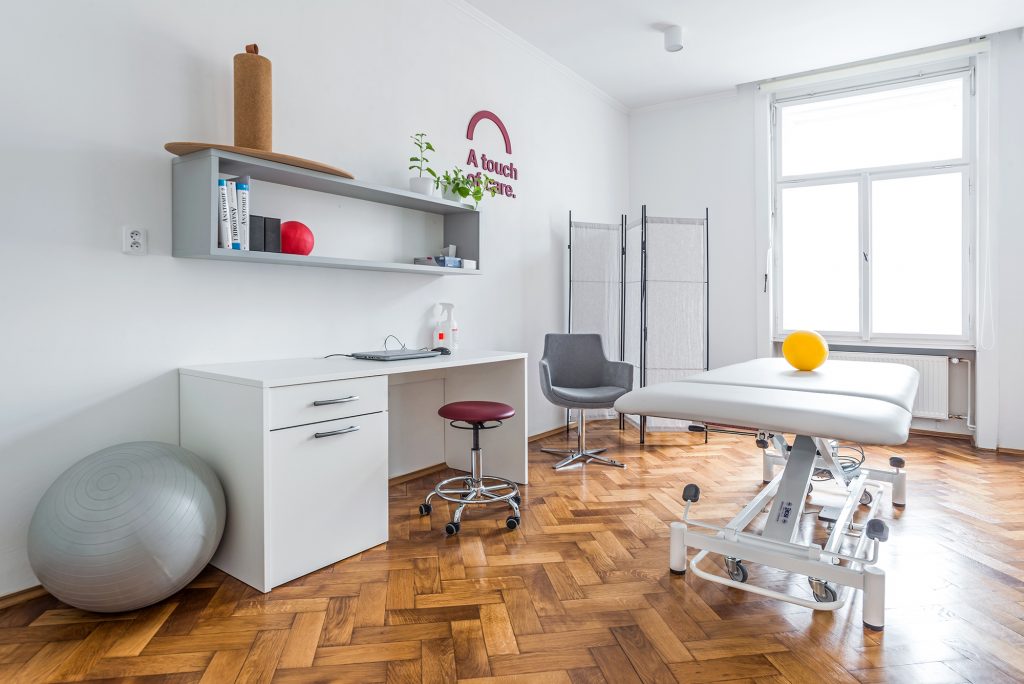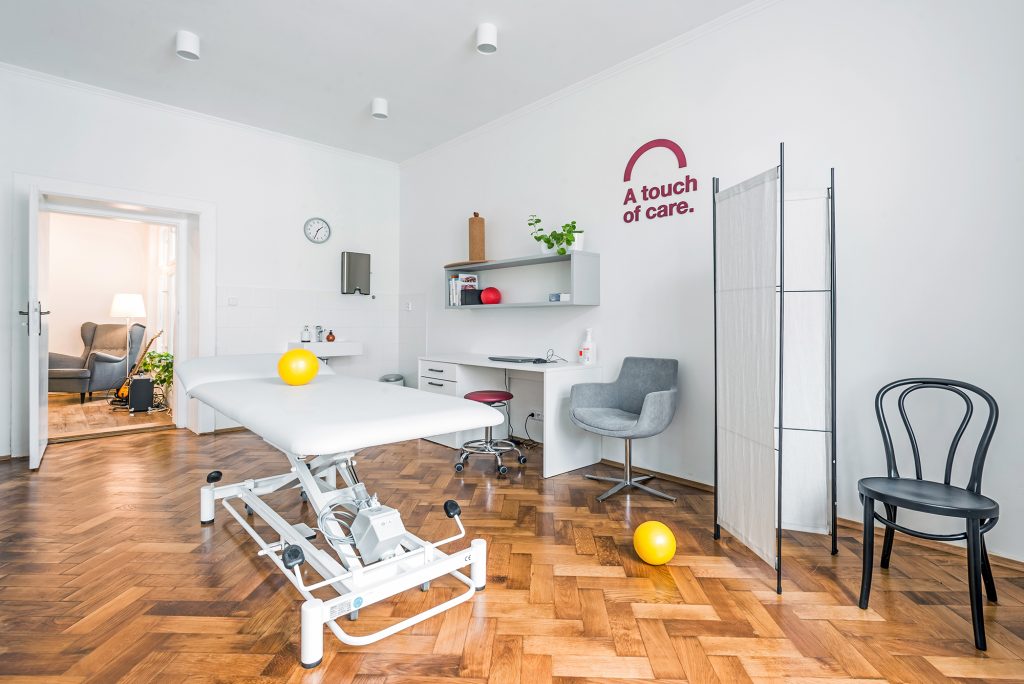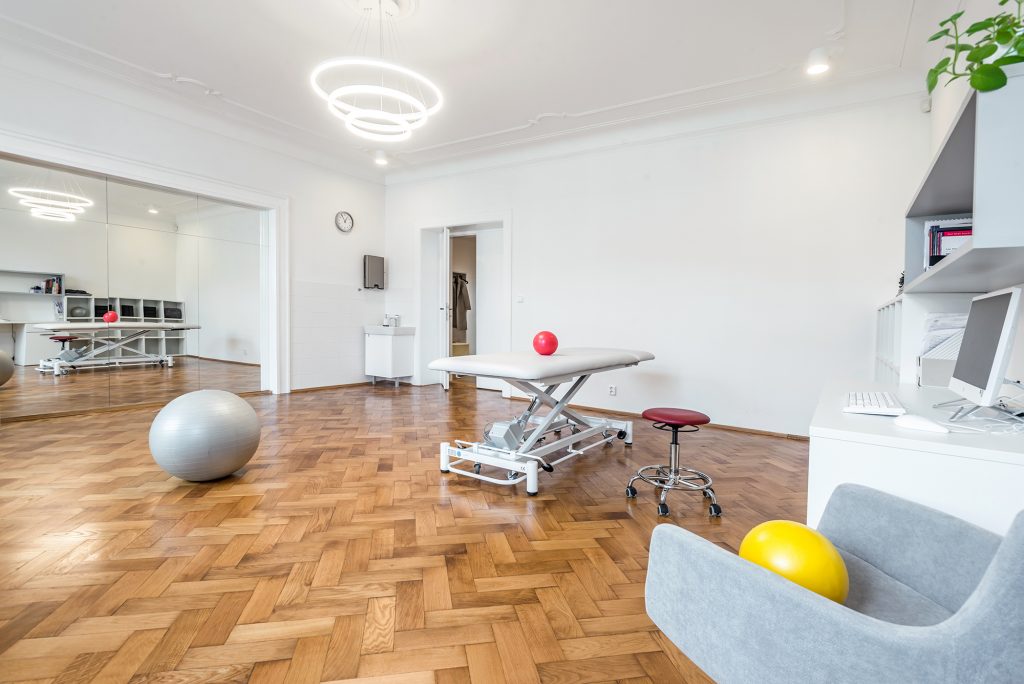Painful Menstruation (Dysmenorrhea) is Not Normal
If you experience monthly pain that reduces your ability to work, this is not a normal condition. Any associated pain, whether in your head, back, or lower abdomen, is not natural for a healthy woman’s body.
A woman’s body becomes more vulnerable during the menstrual cycle due to changes in hormone levels, blood flow, or tissue stiffness. This is a complex issue, and to better understand it, we need to explore some key concepts in anatomy and physiology. Pain is primarily information that the body conveys to the central nervous system about its current state (e.g., pain may signal: “Caution, excessive back muscle tension is damaging the lumbar spine joints”). The solution is not just to suppress the pain but to understand its cause. A physiotherapist can help by addressing the root of the issue.
Causes of dysmenorrhea can include: inflammation (irritating the pelvic floor), fibroids, a retroverted uterus, endometriosis, post-surgical adhesions, cysts, etc. Often, the pain originates from the musculoskeletal system. A typical scenario involves improper pelvic alignment along with blockages in the lower lumbar spine, sacroiliac joint (SI joint), and coccyx, accompanied by pelvic floor tension. Fascial layers, which are connective tissue sheets, also play a key role. Additionally, there may be changes in breathing patterns, increased muscle tension on the inner thighs (hip adductors), and weakened gluteal muscles.
These issues can become more pronounced during the menstrual cycle due to hormonal changes, to the point where the pain becomes so significant that it reaches the highest level of the brain—the cerebral cortex, where consciousness resides. Outside of this sensitive period, the body often processes this information as less critical, with subcortical areas handling it without reaching conscious awareness. Much like an efficient secretary sorts out which issues need to be brought to the boss and which can be handled independently, the brain’s structure hierarchy works similarly. Unlike a secretary who can be replaced if ineffective, you cannot dismiss your subcortical region (the thalamus), which serves as your “secretary.” You might wonder if we could reduce the workload of this “secretary” during a crisis period so it could handle the situation more effectively? That’s a valid thought! By simplifying the situation for the thalamus, it can manage more issues without involving the cerebral cortex, meaning pain does not emerge because the cortex represents your consciousness. Pain remains just information that the body manages without you being aware of it. To understand how to clear the thalamus’s “desk” before a crisis, we need to explore more connections.
Dysmenorrhea is often accompanied by pain in the lower back and sacral region, which worsens in the premenstrual period and the first few days of menstruation. Hormonal influences temporarily relax the ligaments, similar to what occurs during pregnancy, which, for some women, makes the lower back more prone to blockages. If a woman has weakened **core** stability (deep spinal stabilizers), increased muscle tension can spread more easily throughout the body. This is one reason why distant issues, like neck pain, tension in the trapezius muscles, headaches, or jaw joint discomfort, may worsen during menstruation. These issues are often linked to improper breathing patterns, such as upper chest or clavicular breathing, which puts additional strain on the neck. This misalignment overloads the thalamus, leading to the consequences mentioned earlier.
So, what overloads the thalamus and makes our system vulnerable? It’s the localized muscle fibers in spasm—known as trigger points—joint blockages, strained ligaments and fascia, active scars, lymphatic swelling, or inflammation. These are the primary sources of information that overwhelm the thalamus, resulting in the sensation of pain.
How can we clear the thalamus’s “desk” and prepare the body for crisis periods? By simply eliminating unnecessary trigger points, blockages, and relieving strained fascia and active scars. Adjusting posture and reinforcing proper body alignment with exercises, gradually increasing intensity, is also crucial. When working on the abdomen and organs, it’s important to harmonize breathing by adjusting muscle tension and coordination during breathing. Using the diaphragm helps stabilize the spine, improves circulation, and balances the hormonal environment in the pelvic region. It is proven that slow, diaphragmatic breathing helps reset the autonomic nervous system (the part of the nervous system that controls internal organs). Through proper breathing, we can influence the length of the menstrual cycle, reduce menstrual pain, improve the chances of natural conception, and positively impact pregnancy, childbirth, and postpartum recovery.
What if there’s a solution for your difficulties too?







